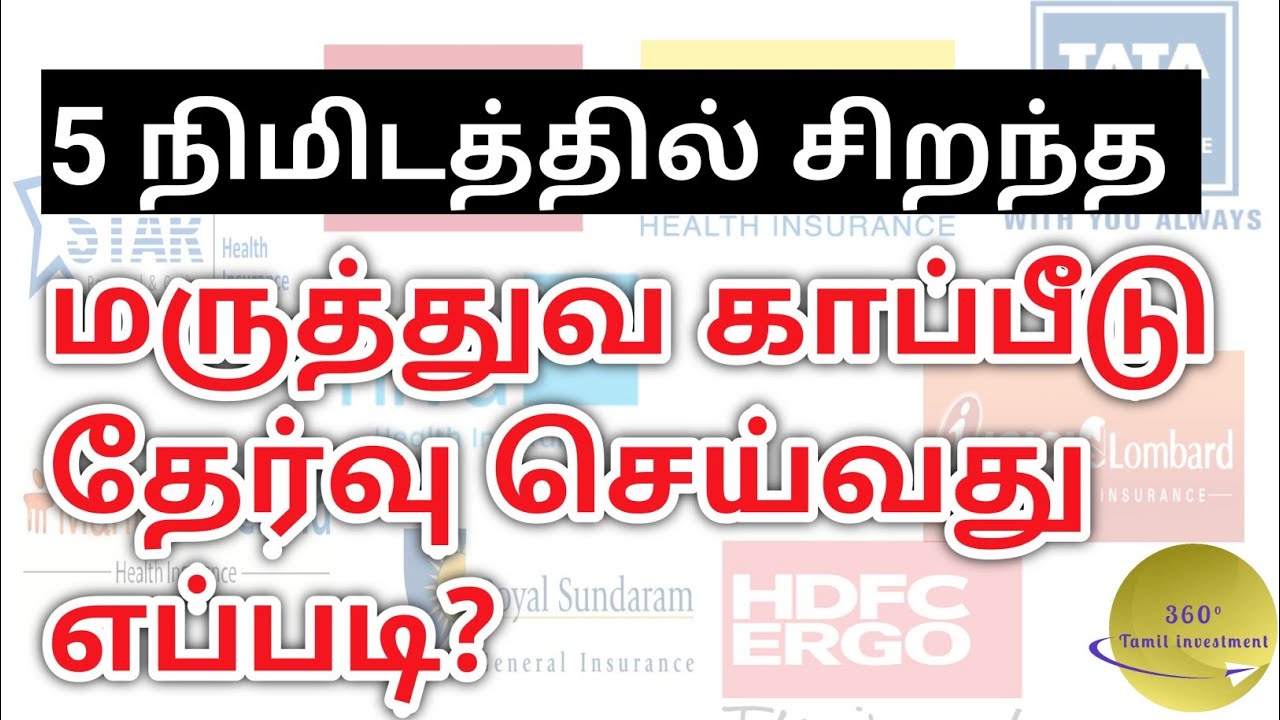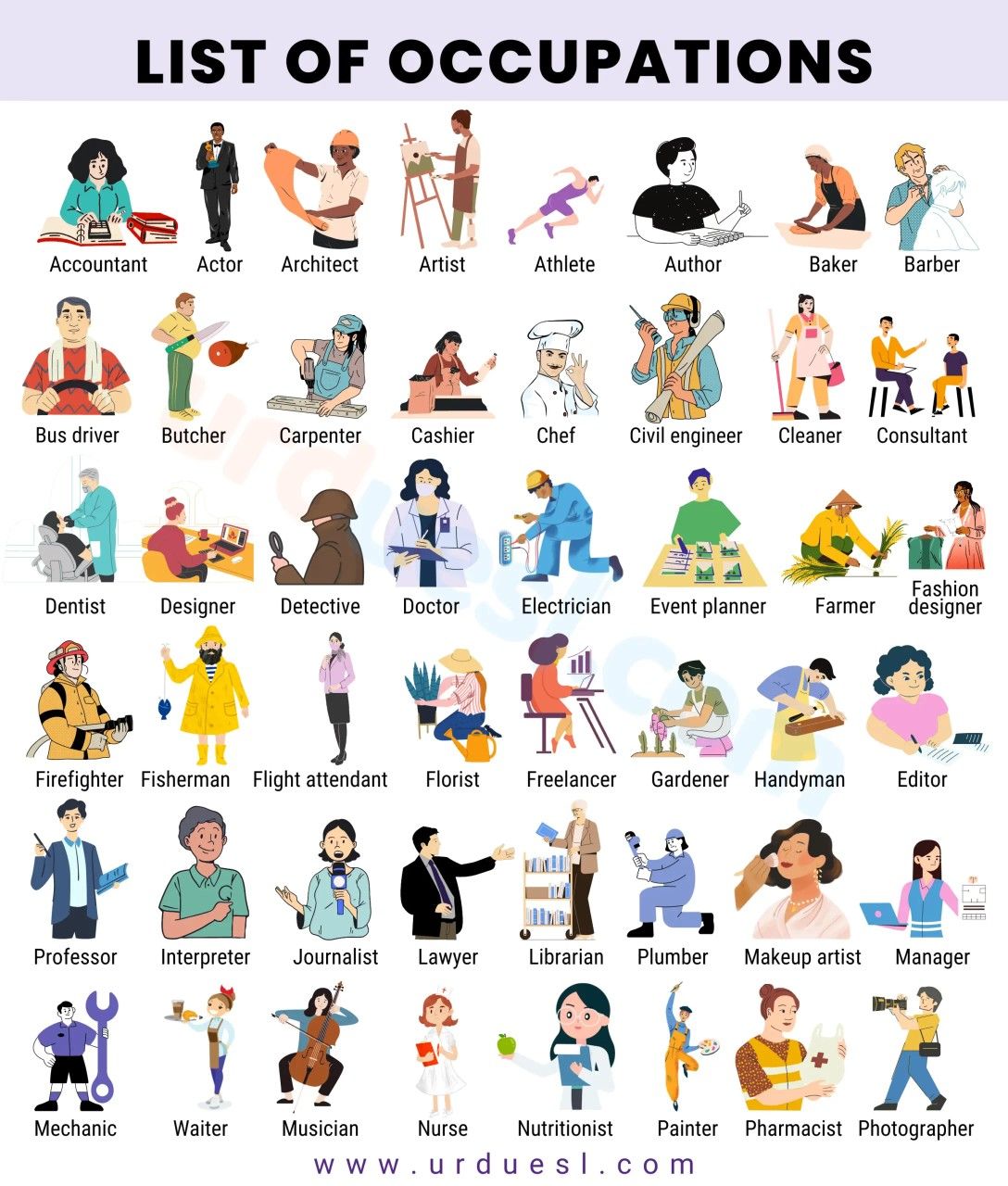Choosing Medical Insurance

Navigating the complex landscape of medical insurance is a crucial task for individuals and families, impacting their financial security and access to healthcare services. This comprehensive guide aims to demystify the process of selecting the right medical insurance plan, offering a detailed roadmap to help readers make informed decisions that align with their unique healthcare needs and budgetary considerations.
Understanding Your Healthcare Needs

The first step in choosing medical insurance is to assess your healthcare requirements. Consider factors such as your age, existing health conditions, and family medical history. For instance, if you have a chronic illness or a history of expensive medical procedures, you’ll want a plan that offers robust coverage for specialized treatments and prescription medications. On the other hand, a young, healthy individual might prioritize plans with lower premiums and reasonable deductibles, focusing on preventative care and emergency coverage.
It's also essential to evaluate the healthcare providers and facilities you frequently visit. Ensure your preferred doctors, specialists, and hospitals are included in the insurance network to avoid unexpected out-of-pocket expenses. Some plans offer wider networks, giving you more flexibility in choosing your healthcare providers, while others may have more limited options, potentially restricting your access to certain specialists or facilities.
Key Considerations for Personalized Healthcare Coverage
- Pre-existing Conditions: Check if the plan covers your pre-existing conditions without exclusions or waiting periods. Some plans may have specific rules for managing these conditions, so it’s crucial to understand these policies before enrolling.
- Prescription Drug Coverage: If you rely on prescription medications, ensure the plan includes your medications in its formulary and provides reasonable copayments or coinsurance. Plans may have different tiers for drug coverage, so it’s essential to review these details.
- Preventative Care: Many insurance plans cover preventative services like annual check-ups, immunizations, and cancer screenings at no cost to the insured. Make sure the plan you choose aligns with your preventative care needs.
| Plan Type | Healthcare Coverage |
|---|---|
| HMO (Health Maintenance Organization) | Offers comprehensive coverage but requires you to select a primary care physician and obtain referrals for specialist visits. Generally, has a more limited network of providers. |
| PPO (Preferred Provider Organization) | Provides more flexibility in choosing healthcare providers, both in and out of network, but may have higher out-of-pocket costs. Often, a good choice for those who value the freedom to choose their healthcare providers. |
| EPO (Exclusive Provider Organization) | Similar to PPOs, but restricts out-of-network coverage, typically only covering emergencies. Offers a balance between choice and cost-effectiveness. |
| POS (Point of Service) | Combines features of HMOs and PPOs, allowing you to choose between in-network and out-of-network providers. Offers flexibility but may have higher costs for out-of-network care. |

Evaluating Cost Factors

The cost of medical insurance is a significant consideration and can vary widely based on several factors, including your age, location, and the type of plan you choose. Premiums are the regular payments you make to maintain your insurance coverage, and they can be paid monthly, quarterly, or annually. It’s important to note that younger individuals generally pay lower premiums, while older adults may face higher costs.
Understanding Premium Costs and Deductibles
Premiums are not the only cost associated with medical insurance. Plans also have deductibles, which are the amounts you must pay out of pocket before your insurance coverage kicks in. Higher deductibles can result in lower premiums, so it’s a trade-off to consider. For example, a plan with a 2,000 deductible and a 500 premium might be more affordable upfront, but if you require extensive medical care, you’ll pay more out of pocket before your insurance starts covering costs.
Additionally, consider the coinsurance or copayments associated with your plan. Coinsurance is the percentage of costs you pay after meeting your deductible, while copayments are fixed amounts you pay for certain services, like doctor visits or prescription drugs. Some plans may have a combination of these cost-sharing mechanisms, so understanding these details is crucial to managing your healthcare expenses effectively.
Evaluating Coverage and Benefits
Beyond the basic coverage, medical insurance plans offer a range of additional benefits and services. These can include dental and vision coverage, mental health services, and alternative therapies. While these add-ons can enhance your overall healthcare experience, they also increase the cost of your premiums. Therefore, it’s essential to evaluate your needs and prioritize the benefits that are most valuable to you.
Another important consideration is the plan's out-of-pocket maximum. This is the limit on your annual out-of-pocket expenses, including deductibles, coinsurance, and copayments. Once you reach this maximum, your insurance plan covers 100% of the costs for covered services. Plans with lower out-of-pocket maximums can provide more financial protection but may have higher premiums.
The Role of Employer-Provided Insurance
For many individuals, employer-provided medical insurance is a significant benefit. These plans are often more comprehensive and can offer better rates due to the larger pool of insured individuals. Employers may contribute a portion of the premium, making the coverage more affordable for employees. Additionally, employer-sponsored plans often have a wider network of healthcare providers, giving employees more options for their healthcare needs.
When considering employer-provided insurance, it's important to review the plan's details carefully. Some employers offer multiple plan options, allowing employees to choose the one that best suits their needs. These plans may have different premiums, deductibles, and coverage levels, so understanding these variations is crucial for making an informed decision.
Maximizing Benefits Through Employer-Sponsored Plans
- Understand the Enrollment Period: Most employer-sponsored plans have an annual enrollment period, typically lasting a few weeks. During this time, you can make changes to your coverage, including adding or removing dependents, or switching to a different plan option. It’s crucial to pay attention to these enrollment dates to ensure you don’t miss out on any important changes.
- Take Advantage of Wellness Programs: Many employer-sponsored plans offer wellness programs and incentives to encourage healthy lifestyles. These programs can include discounts on gym memberships, free health screenings, or rewards for reaching certain health goals. Participating in these programs can not only improve your health but also reduce your healthcare costs over time.
- Review Your Coverage Regularly: Your healthcare needs can change over time, so it’s important to review your insurance coverage annually to ensure it still aligns with your needs. This is especially true if you’ve experienced significant life changes, such as getting married, having a child, or developing a new health condition.
The Impact of Government-Sponsored Insurance
Government-sponsored insurance programs, such as Medicare and Medicaid, play a critical role in providing healthcare coverage to specific segments of the population. Medicare is primarily for individuals aged 65 and older, as well as those with certain disabilities, offering comprehensive healthcare coverage. Medicaid, on the other hand, is a joint federal and state program that provides healthcare coverage for individuals and families with limited income and resources.
For those who qualify, government-sponsored insurance can be a lifeline, offering access to essential healthcare services that might otherwise be unaffordable. These programs often have lower premiums and out-of-pocket costs, making them more accessible to those with financial constraints. Additionally, they usually have larger provider networks, giving beneficiaries more options for their healthcare needs.
Navigating Government-Sponsored Programs
- Eligibility Criteria: Understanding the eligibility requirements for government-sponsored insurance programs is crucial. For Medicare, you generally need to be 65 years old or older, or have a qualifying disability. Medicaid eligibility is based on income and resources, with specific guidelines varying by state. It’s important to research these criteria to determine if you or your loved ones qualify.
- Enrolling in the Right Program: If you’re eligible for both Medicare and Medicaid, you may be able to enroll in a dual eligibility program, which can provide more comprehensive coverage and potentially lower out-of-pocket costs. Researching and understanding the different options available can help you make the most of these government-sponsored programs.
- Understanding Coverage Limitations: While government-sponsored insurance programs offer valuable coverage, they may have certain limitations. For instance, Medicare Part A (hospital insurance) has a limited number of days covered for inpatient care, and some services, like long-term care, may not be covered. Being aware of these limitations can help you plan for potential gaps in coverage.
The Future of Medical Insurance: Innovations and Trends

The medical insurance landscape is constantly evolving, driven by technological advancements, changing healthcare needs, and shifts in public policy. One of the most significant trends is the increasing focus on value-based care, which aims to improve patient outcomes and reduce costs by incentivizing healthcare providers to deliver high-quality, efficient care.
Emerging Technologies and Their Impact
Technological innovations are transforming the way medical insurance operates. The use of artificial intelligence (AI) and machine learning is enabling more accurate risk assessment and prediction of healthcare needs, leading to more efficient and personalized insurance plans. Telehealth services, which have gained prominence during the COVID-19 pandemic, are also changing the way healthcare is delivered, offering convenient and accessible care options for patients.
Additionally, the integration of wearable technology and health apps is providing insurance companies with real-time health data, allowing for more precise monitoring of health conditions and incentivizing healthy behaviors. This shift towards a more data-driven approach is expected to continue, leading to more tailored insurance plans and potentially reducing overall healthcare costs.
The Rise of Consumer-Driven Health Plans
Consumer-driven health plans (CDHPs) are gaining popularity, offering individuals more control over their healthcare decisions and expenses. These plans typically have high deductibles, but they also come with a health savings account (HSA) or health reimbursement arrangement (HRA), which allows individuals to save pre-tax dollars for medical expenses. CDHPs are particularly attractive to younger, healthier individuals who are comfortable managing their own healthcare expenses and want more control over their healthcare choices.
However, it's important to note that CDHPs may not be suitable for everyone, especially those with chronic health conditions or high healthcare needs. While these plans can offer significant savings for those who remain healthy, they can also result in higher out-of-pocket costs for individuals who require extensive medical care.
How do I know if I’m eligible for government-sponsored insurance programs like Medicare or Medicaid?
+Eligibility for government-sponsored insurance programs like Medicare and Medicaid is determined by specific criteria. For Medicare, you generally need to be 65 years old or older, or have a qualifying disability. Medicaid eligibility is based on income and resources, with specific guidelines varying by state. It’s important to research these criteria to determine if you or your loved ones qualify.
What are the key differences between HMO, PPO, EPO, and POS medical insurance plans?
+HMO (Health Maintenance Organization) plans require you to select a primary care physician and obtain referrals for specialist visits, and they typically have a more limited network of providers. PPO (Preferred Provider Organization) plans offer more flexibility in choosing healthcare providers, both in and out of network, but may have higher out-of-pocket costs. EPO (Exclusive Provider Organization) plans are similar to PPOs but restrict out-of-network coverage, usually only covering emergencies. POS (Point of Service) plans combine features of HMOs and PPOs, allowing you to choose between in-network and out-of-network providers, but may have higher costs for out-of-network care.
How can I maximize the benefits of my employer-sponsored medical insurance plan?
+To maximize the benefits of your employer-sponsored medical insurance plan, pay attention to the annual enrollment period and make any necessary changes to your coverage during this time. Take advantage of wellness programs and incentives offered by your employer, as these can improve your health and reduce your healthcare costs over time. Additionally, review your coverage annually to ensure it still aligns with your changing healthcare needs.
What are some emerging technologies that are impacting the medical insurance industry?
+Artificial intelligence (AI) and machine learning are being used to improve risk assessment and prediction of healthcare needs, leading to more efficient and personalized insurance plans. Telehealth services are also becoming more prevalent, offering convenient and accessible care options for patients. The integration of wearable technology and health apps is providing insurance companies with real-time health data, enabling more precise monitoring of health conditions and incentivizing healthy behaviors.



